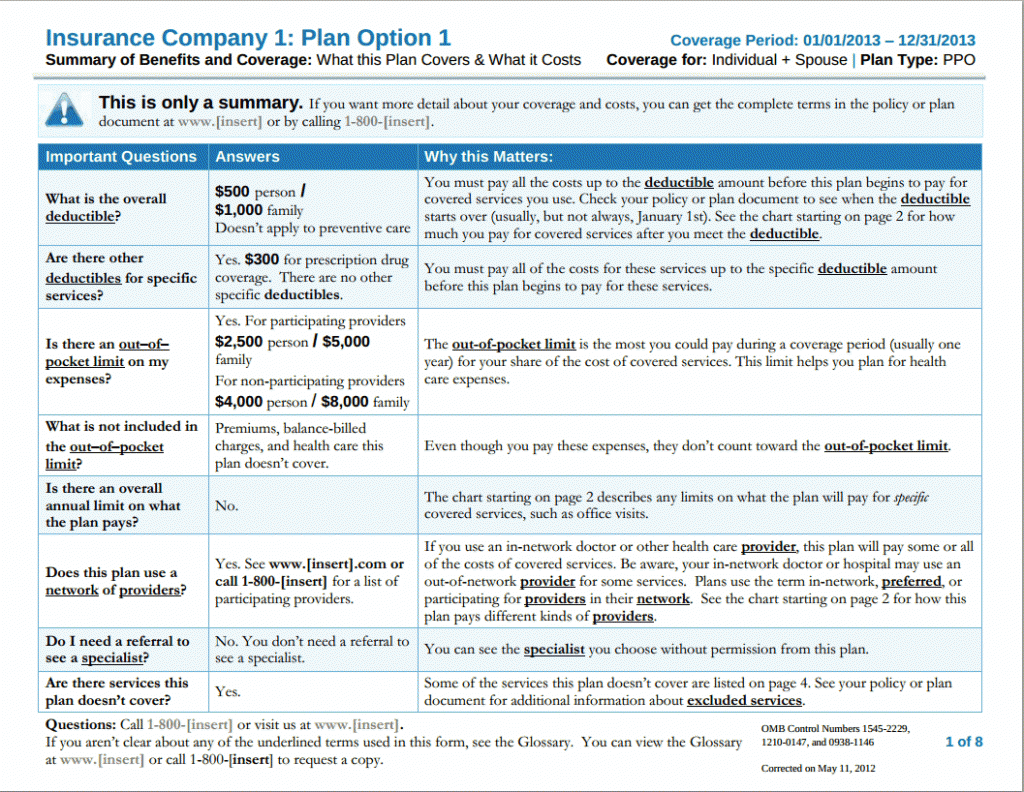About Automobile Insurance In Toccoa, Ga
Fascination About Annuities In Toccoa, Ga
Table of ContentsThe Best Strategy To Use For Commercial Insurance In Toccoa, GaAutomobile Insurance In Toccoa, Ga - The FactsFacts About Life Insurance In Toccoa, Ga RevealedRumored Buzz on Insurance In Toccoa, Ga

1 and 3. 2 (Medicare/ Medicaid in Toccoa, GA), for additional details. New immigrants represent a substantial proportion of individuals without medical insurance. One analysis has attributed a substantial part of the current growth in the dimension of the united state uninsured populace to immigrants who arrived in the country in between 1994 and 1998 (Camarota and Edwards, 2000)
Medical insurance insurance coverage is an essential element in many models that depict access to healthcare. The relationship in between medical insurance and access to care is well developed, as recorded later in this chapter. The relationship between health insurance coverage and health and wellness end results is neither straight nor simple, a comprehensive medical and health and wellness services research study literature web links health and wellness insurance policy protection to enhanced access to care, far better top quality, and enhanced individual and population health and wellness status.
5 Simple Techniques For Annuities In Toccoa, Ga
The problems faced by the underinsured are in some areas similar to those dealt with by the uninsured, although they are generally much less extreme. Health insurance, nonetheless, is neither necessary nor enough to obtain access to clinical services. The independent and direct effect of health insurance protection on accessibility to wellness services is well developed.
Others will certainly obtain the wellness care they require also without medical insurance, by paying for it out of pocket or seeking it from service providers who provide care totally free or at very subsidized prices - Annuities in Toccoa, GA. For still others, medical insurance alone does not guarantee invoice of treatment because of other nonfinancial barriers, such as an absence of healthcare service providers in their area, minimal accessibility to transportation, illiteracy, or linguistic and cultural differences
The 20-Second Trick For Final Expense In Toccoa, Ga
Official research regarding uninsured populaces in the USA dates to the late 1920s and very early 1930s when the Board on the Price of Healthcare produced a series of records about financing medical professional workplace gos to and hospital stays. This concern became salient as the numbers of clinically indigent climbed up during the Great Clinical depression.
Empirical studies regularly support the link between access to care and enhanced health outcomes (Bindman et al., 1995; Starfield, 1995). Having a regular source of care can be thought about a forecaster of gain access to, as opposed to a direct measure of it, when health outcomes are themselves used as accessibility indicators. Final Expense in Toccoa, GA. This expansion of the idea of gain access to dimension was made by the IOM Board on Keeping Track Of Accessibility to Personal Healthcare Services (Millman, 1993, p
Nevertheless, the effect of parents' health and wellness and medical insurance on the wellness of their children has actually received focus just just recently. Whether or not moms and dads are insured shows up to impact whether or not their youngsters receive care along with just how much careeven if the children themselves have protection (Hanson, 1998).
Automobile Insurance In Toccoa, Ga for Dummies

Although emergency departments are represented as an expensive and unsuitable site of main i was reading this care solutions, lots of uninsured patients look for care in emergency situation divisions because they are sent there by various other healthcare companies or have nowhere else to go. Emergency situation care professionals suggest that the country's emergency divisions not just serve as suppliers of last hope however are an important access point right into the health treatment system (O'Brien et al (https://dc-washington.cataloxy.us/firms/jstinsurance.com.htm#google_vignette)., 1999)
Phase 2 supplies an overview of how employment-based medical insurance, public programs and individual insurance policy policies operate and engage to give substantial yet incomplete coverage of the U.S. populace. This consists of a review of historical trends and public laws affecting both public and personal insurance coverage, a conversation of the interactions amongst the different sorts of insurance policy, and an assessment of why individuals move from one program to one more or finish up with no coverage.Chapter 3 synthesizes existing information to reach a composite description of the uninsured: What attributes do individuals without protection commonly share? Where do the without insurance live? The chapter also offers information concerning the danger of being or coming to be without insurance: Just how does the possibility of being without insurance change depending upon selected attributes, such as racial and ethnic identity, rural or city residency, and age? What are the likelihoods for certain populations, such as racial and ethnic minorities, rural homeowners, and older working-age individuals, of being without insurance? How does the opportunity of being without insurance adjustment over a life time? Along with characterizing the probability of being without insurance in terms of a solitary dimension, such as sex, age, race, work status, or geographic region, Chapter 3 Offers the outcomes of multivariate analyses that offer a more helpful representation of the variables that contribute to the chances of being uninsured.